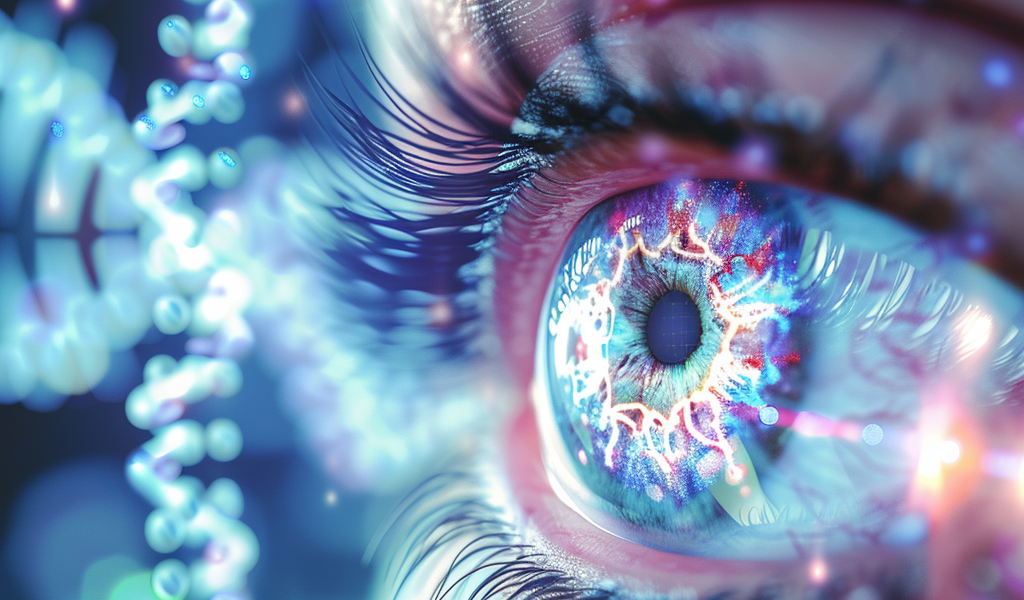Scientists at the National Institutes of Health (NIH) have made a significant breakthrough in understanding inherited retinal diseases (IRDs) by identifying a gene linked to various forms of retinal dystrophy. This discovery not only enhances the understanding of these rare conditions but also paves the way for potential genetic testing and future therapeutic developments.
Inherited retinal diseases are a group of disorders that lead to the degeneration of the retina, which is critical for vision. Affecting over 2 million individuals globally, each specific IRD is considered rare, presenting challenges in gathering sufficient patient data for research and clinical trials aimed at treatment.
The findings of this study, published in the esteemed journal JAMA Ophthalmology, stem from an investigation involving six unrelated participants. Researchers successfully linked the UBAP1L gene to various retinal dystrophies, which manifest as issues affecting the macula—the central part of the retina responsible for sharp vision—as well as cone cells that facilitate color perception and rod cells that are essential for night vision.
Participants in the study exhibited symptoms of retinal dystrophy beginning in early adulthood, with the progression leading to significant vision loss by late adulthood. This timeline underscores the urgent need for effective interventions.
Dr. Bin Guan, the chief of the Ophthalmic Genomics Laboratory at NIH’s National Eye Institute (NEI) and a senior author of the study, remarked on the importance of this finding: “The patients in this study showed symptoms and features similar to other IRDs, but the cause of their condition was uncertain. Now that we’ve identified the causative gene, we can study how the gene defect causes disease and, hopefully, develop treatment.”
The identification of the UBAP1L gene adds to a growing list of over 280 genes known to be responsible for this complex group of diseases. This highlights the genetic diversity and complexity associated with retinal dystrophies.
Co-senior author Dr. Laryssa A. Huryn, an ophthalmologist at the NEI, emphasized the critical role of genetic testing for patients with retinal dystrophies, stating, “These findings highlight the importance of providing genetic testing to our patients with retinal dystrophy, and the value of the clinic and lab working together to better understand retinal diseases.”
The genetic evaluation of the six patients revealed four different variants in the UBAP1L gene. This gene encodes a protein that is highly expressed in retinal cells, including retinal pigment epithelium cells and photoreceptors, which are vital for visual function. While further research is necessary to clarify the exact role of the UBAP1L gene, preliminary findings suggest that the identified variants may lead to a malfunctioning protein.
This research not only sheds light on the genetic underpinnings of inherited retinal diseases but also opens new avenues for clinical applications, including the development of targeted therapies and enhanced diagnostic capabilities. As scientists continue to unravel the complexities of these conditions, the hope is that effective treatments will emerge, improving the quality of life for those affected by retinal dystrophies.
In summary, the identification of the UBAP1L gene marks a significant step forward in the understanding and potential treatment of inherited retinal diseases. With ongoing research and collaboration between clinical and laboratory settings, there is optimism for future advancements in genetic testing and therapeutic options for patients suffering from these debilitating conditions.





